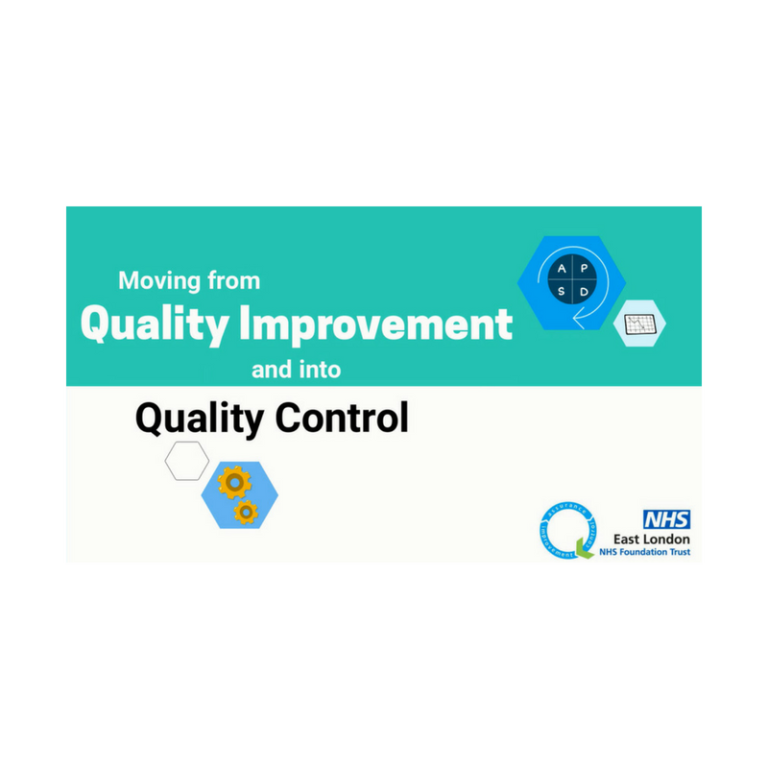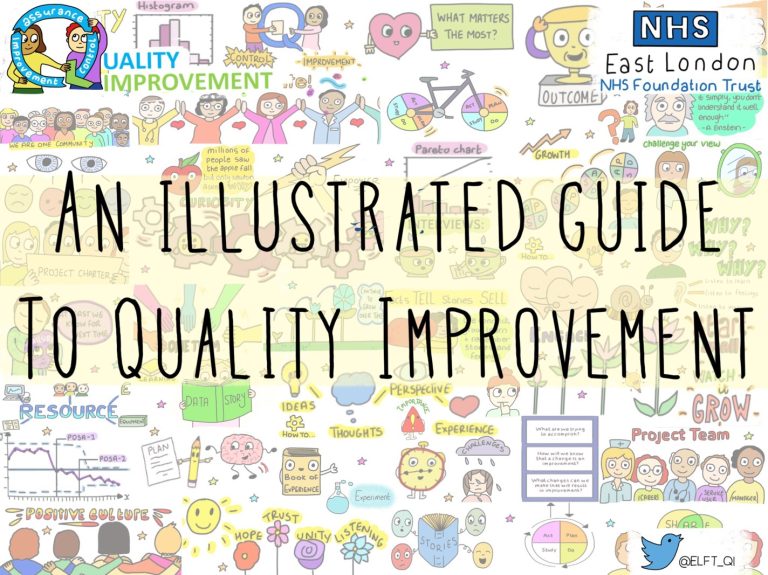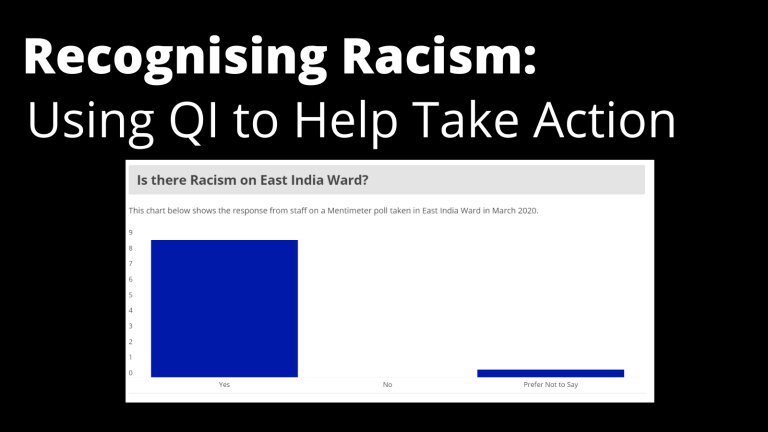
Dealing with Taboo: Improving Sexual Safety in Forensics
25th June 2021
By Emma Furlong, Sexual Safety Lead, Forensics and Independent ELFT Sexual Violence Advisor (ISVA)
The John Howard Centre forms part of East London NHS Foundation Trust (ELFT) Forensic Services with around 160 inpatient service users. At the Centre, the sexual needs of inpatients were not being recognised and this was leading to frustration and incidents of sexual violence against other service users and staff. Anecdotal feedback from service users expressed that incidents were common, but that there was no safe place to express concerns.
Service users and staff did not have the opportunity to discuss their own experiences of sexual violence, and there was no psychologically safe place to explore strategies around how to deal with complaints. Staff were not trained to deal with sexual safety incidents and felt ill equipped to offer support post-incident. This in turn, led to under reporting of sexual violence.
Also, anecdotal evidence suggested that sexual violence was an issue, but that these incidents were being erroneously reported as physical violence and aggression incidents which concealed the issue.
A project team made up of staff and service users was assembled to tackle this, with the specific aim:
“To improve sexual safety for staff and inpatients on Clerkenwell ward, Ludgate ward and Broadgate ward by reducing sexual safety incidents (touching others, sexual comments, asking for sex, staring, touching and/or exposing self in communal areas) by 30% by June 2021”.
To develop a deeper understanding of what constituted sexual violence in the service, the group held discussions separately with staff members and inpatients on how the incidents were perpetrated, by whom and in what context. The team used a ‘safety’ cross to plot incidence of violations.
Figure one: A safety cross used to plot incidents of sexual violence
At the end of 2019, the team started to collect specific data and found there were 35 incidents collated over a 12-month period. These were a combination of verbal and physical sexual violence. The team used legal definitions of sexual offences from the Crown Prosecution Service (CPS) to define sexually inappropriate behaviours in the service, when measuring the scale of the problem.
The team also joined a national collaborative seeking to improve sexual safety supported by the Royal College of Psychiatrists.
The interventions tested and implemented were:
The number of incidences of sexual violence were recorded by staff and service users weekly on the ‘safety’ plot cross, then recorded on a run chart until there was enough data points, then transferred to a control chart.
Results demonstrated a 92% reduction in sexual violations on the ward (Figure 2) during the period of the project.
Figure 2: A control chart displaying weekly count in sexual safety on Clerkenwell Ward (purple dots)
The number of ‘huddles’ to discuss sexual violence and how staff can ensure our wards feel sexually safe were also recorded.
Service user and staff involvement and ownership are key to the success of this work both service users and staff welcomed the opportunity to discuss their experiences. Staff satisfaction has improved, one staff member reports:
The patient porn care plans are co-produced with service users. A questionnaire was developed to help to ascertain their sexual needs. Collaboration and working with them gave insight into their experience on the ward, how difficult this can be especially in relation to feeling sexually safe and wanting to maintain their dignity and privacy with regards to meeting their own sexual needs. One service user included in the work reported:
The change ideas have been implemented and scaled up across other relevant areas in the Trust, this was done by ensuring that all successful change ideas were standardised, well documented, and communicated at staff and patient forums. Staff were trained and inducted into the work and resources required for the changes were secured. In addition, the psychology of change was considered when introducing these changes.
If you are interested in hearing more about this improvement work, contact elft.qi@nhs.net.
Most Read Stories
-
Why is Quality Control important?
18th July 2018

-
An Illustrated Guide to Quality Improvement
20th May 2019

-
2016 QI Conference Poster Presentations
22nd March 2016
-
Recognising Racism: Using QI to Help Take Action
21st January 2021

-
Using data enabled us to understand our problem
31st March 2023

-
QI Essentials: What does a Chief Quality Officer do?
18th March 2019


Follow QI on social media
To keep up to date on the latest concerning QI at ELFT, follow us on our socials.





